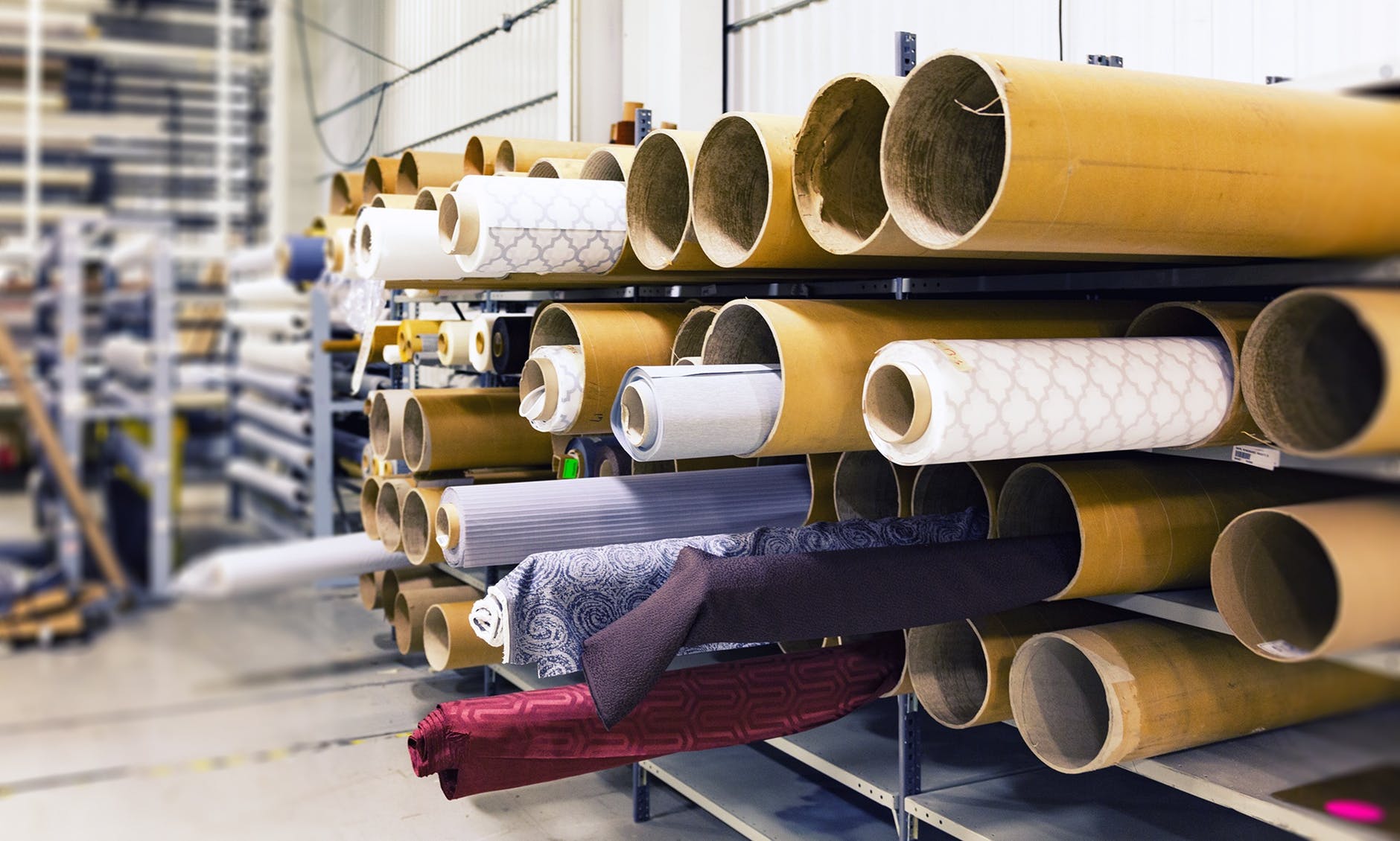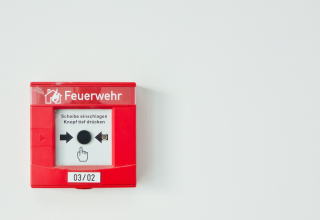Flame retardant fabrics are textiles that burn naturally slower than other fireproof clothing material that is chemically treated. On the basis of time it takes to burn, a fabric is classified as fire retardant as most fabrics burn at one point, but some burn later than the other.
The speed at which the fabrics catch fire is being tested in laboratories. Methods such as burning fabric burning and throwing flames are used to check the burning time.
Flame retardant fabrics are also used by firefighters in various places such as the metal industry; their clothing is made of fire retardant fabric for fire protection. Fire retardant materials are also used in furniture to prevent house fires. These non-flammable fabrics can also be used in tents, healthcare fabrics, clothes, tarps, military applications, awnings, banners, and signs. It is very important to find the best manufacturer of fire retardant fabrics to ensure a good quality product and maximize user’s safety.
Types of fire retardant materials
Fire-resistant materials and fire-resistant materials are two different things as fire-resistant materials slowly burn but fire-resistant materials resist fire and minimize the impact of heat.
There are two types of fire-retardant materials, naturally fire-retardant materials, and fire-retardant materials that pass through a chemical process.
Wool is an example of natural fire retardant material, it can be chemically treated to make cotton into flammable materials. There are other synthetic materials that can be fire retardant, such as some polyester that does not easily ignite but melt rather than burn these materials and can cause severe damage when it comes into contact with the skin. Textiles that contain both synthetic and natural fibers may increase the likelihood of fire as the synthetic fiber melting creates a fire when it comes into contact with the natural fiber.
What is Formaldehyde?
The Russian chemist AleksandrButlerov first reported formaldehyde in 1859 and August Wilhelm von Hofmann finally identified formaldehyde in 1869.
Formaldehyde is a simple chemical, hydrogen, oxygen and carbon compound. As part of cell metabolism, all forms of life such as bacteria, plants, fish, animals, and humans naturally produce formaldehyde.
Formaldehyde may be best known for its preservative and anti-bacterial properties, but chemistry based on formaldehyde is used to produce a wide range of value-added products. Formaldehyde is one of the commercially most well-studied and well-understood compounds.
Formaldehyde is an important precursor to many other chemical compounds and materials. In 1996, it was estimated that the installed capacity for formaldehyde production was 8.7 million tons per year. It is primarily used in industrial resin production, e.g. for particle board and coatings.
In the air, formaldehyde is rapidly breaking down–usually within hours. It easily dissolves in water, but it also does not last long.
When dissolved in water, it is called formalin, commonly used in funeral homes and medical laboratories as an industrial disinfectant and as a preservative. In some foods and products, such as antiseptics, medicines, and cosmetics, it can also be used as a preservative. Substances that release formaldehyde are sometimes not used although formaldehyde is not used. In cosmetics, soaps, shampoos, lotions and sunscreens, and cleaning products, these have been found.
Formaldehyde may be added to food as a preservative, but as a result of cooking and smoking, it may also be produced.
In the environment, formaldehyde also occurs naturally. As part of normal metabolic processes, humans and most other living organisms make small amounts.
In textile processing, formaldehyde is often a necessity as it is a necessary part of certain processes. In these cases, the level of formaldehyde is minimized by fabric washing and rinsing at the end of production.
Formaldehyde used in FR fabrics
Fire retardant treatment of both nitrogen compounds and phosphoric acid was examined on FR fabrics with flame retardants. Treatment methods such as heat-pressed treatment and heat-dried treatment influenced the fire retardant properties and endurance of fabric. Compared to heat-dried treatment, the heat-pressed treatment method has improved fabric properties. As in the dicyandiamide-formaldehyde-phosphoric acid or melamine-dicyandiamide-formaldehyde-phosphoric acid system, the flame retardant properties were further improved by the amount and functional reactivity of flame retardants with formaldehyde. During phosphoric acid condensation, the endothermic release of water can also cool the fabric and dilute volatile pyrolysis gases.
Why is formaldehyde harmful?
Some individuals may experience adverse effects such as watery eyes; burning sensations in the eyes, nose, and throat; coughing; wheezing; nausea; and skin irritation when formaldehyde is present in the air at levels above 0.1 ppm. Some people are highly sensitive to formaldehyde, while others do not react to the same exposure level.
While formaldehyde exposure’s short-term health effects are well known, less is known about its potential long-term health effects. Laboratory studies in 1980 showed that formaldehyde exposure in rats could cause nasal cancer. This finding raised the question of whether exposure to formaldehyde might also cause human cancer. The United States in 1987 under conditions of unusually high or prolonged exposure, the Environmental Protection Agency (EPA) classified formaldehyde as a probable human cancer.
Since then, some human studies have suggested that exposure to formaldehyde is associated with certain cancer types. Formaldehyde is classified as a human carcinogen by the International Cancer Research Agency (IARC). In 2011, the Department of Health and Human Services ‘ National Toxicology Program named formaldehyde as a known human carcinogen in its 12th Carcinogen Report.
How can people in their homes limit exposure to formaldehyde?
The EPA recommends the use of pressed-wood products of “exterior grade” to limit home exposure to formaldehyde. These products emit less formaldehyde because they contain resins of phenols, not resins of urea. Pressed wood products ranging from particle board, paneling, ply board, and fiberboard and are not the same as pressurized wood products containing chemical preservatives and intended for outdoor use.
Purchasers should ask about the formaldehyde content of these products before purchasing pressed wood products, including construction materials, cabinets, and furniture. The use of air conditioners and dehumidifiers can also reduce formaldehyde levels in homes by ensuring adequate ventilation, moderate temperatures, and reduced humidity levels.
OSHA established a Federal Standard in 1987, which reduced the amount of formaldehyde to which workers could be exposed from 3 ppm to 1 ppm over an8-hour working day. The standard was amended in May 1992, further reducing the formaldehyde exposure limit to 0.75 ppm.










